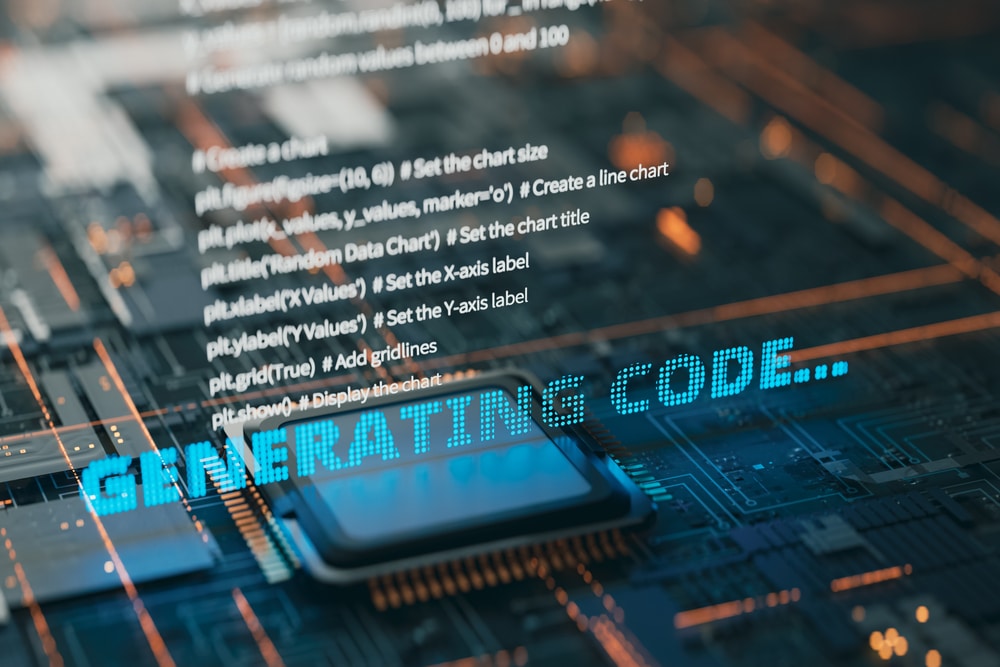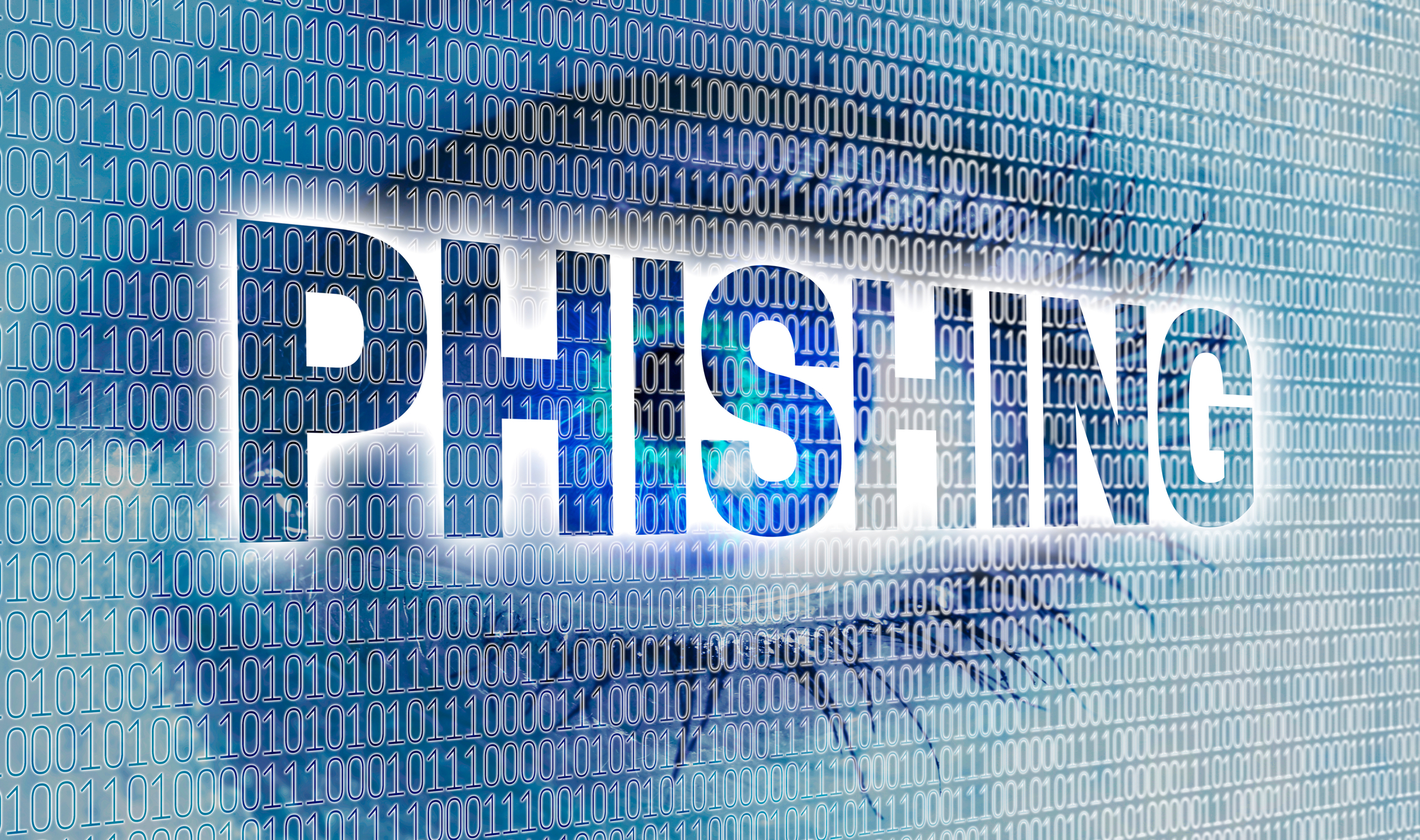
Big spend on enterprise AI doesn't always deliver big returns
New research from Digitate reveals that while 92 percent of European organisations have implemented AI and automation, many lack a strategic approach to maximise the impact.
The study, based on a survey of 900 IT decision-makers in enterprises across Europe, finds that organisations have invested on average, €103.4M ($108M) in AI and automation over the last two years, with over half (59 percent) spending up to €295M ($309M). These investments have yielded significant returns, with 86 percent of organizations reporting a ROI averaging €154.7M ($162.4M).

Identity threat detection and response use grows despite challenges
Organizations are facing increasingly sophisticated threats to their identity infrastructure so it's not surprising that a new survey of over 370 IT professionals shows use of identity threat detection and response (ITDR) technology is growing, though many are running into roadblocks to unlocking its full potential.
The study from Quest Software shows 84 percent of organizations are reaping benefits from their ITDR efforts, even if it hasn’t been fully implemented. Over one in three (36 percent) say their expectations have been fully met or exceeded.

How useful is GenAI in software development? [Q&A]
Generative AI (GenAI) holds a lot of promise for software developers: an ability to help them ship code faster, improve productivity, and reduce time spent on menial and repetitive tasks. But how much of that promise are GenAI coding tools actually delivering -- and how much is hype?
We spoke with Matt Hoffman, product manager and data analyst at Uplevel, an engineering intelligence platform that uses data from across developer tools and collaboration platforms to help engineering leaders drive organizational improvements. Uplevel's data science team, Uplevel Data Labs, recently studied the impact of Copilot usage on developer productivity.

HR and IT are among top-clicked phishing subjects
A new report reveals that HR and IT-related phishing emails claim a significant 48.6 percent share of top-clicked phishing types globally.
The research from KnowBe4 also shows that among large companies -- 1,000+ employees -- the most targeted industries are healthcare and pharmaceuticals with a Phish-Prone Percentage (PPP) of 51.4 percent, insurance on 48.8 percent and energy and utilities on 47.8 percent.

Two-thirds of office workers bypass security protocols
Almost two-thirds of office workers admit they've prioritized productivity over safe cybersecurity practices -- 63 percent also own up to using a corporate device to access social media, messaging or entertainment sites/applications.
Research from identity and access management company CyberArk also shows that 80 percent access work applications from personal devices, with C-suite executives being among the worst offenders.

Open source supply chain faces security issues
The open source software supply chain shows signs of 'AppSec exhaustion,' with organizations showing diminished engagement in security practices and struggling to meet vulnerability management goals, according to a new report.
The study from Snyk, based on a survey of 453 professionals across application development and security, shows that open-source security is more important than ever, as hackers have recognized the efficiency of targeting open-source software as a single entry point to multiple orgs.

New platform lets developers build more accurate AI apps faster
High-quality retrieval is key to delivering the best user experience in AI search and retrieval-augmented generation (RAG) applications.
Knowledge platform Pinecone has announced new vector database capabilities combined with proprietary AI models to help developers build more accurate AI applications, faster and more easily.

Managing the shift to machine-to-machine communication [Q&A]
As AI continues to evolve, it will enable machines to communicate in new, dynamic, autonomous ways without human intervention.
This machine-to-machine growth has a huge potential to impact industries from smart factories to energy. We spoke to John Kim, CEO of API communication specialist Sendbird, to discuss these changes and how they will affect business.

The crucial role of data pipelines in building strong GenAI apps [Q&A]
For GenAI to live up to its promise reliable flow of data is key. AI models are only as good as the data pipeline connections bringing in quality data.
Outdated connections mean more hallucinations and untrustworthy results with data engineers hopelessly trying to manually integrate hundreds of AI data feeds. We spoke to Rivery co-founder and CEO Itamar Ben Hemo to discuss why good data pipelines are key to success.

Over half of businesses have suffered regret over a software purchase
A new study from Capterra shows that 59 percent of global businesses regret at least one software purchase they've made in the last 18 months.
Despite this though, the survey of over 3,500 businesses finds 75 percent of organizations are planning to increase their software spending in 2025, with a significant focus on IT systems and artificial intelligence (AI).

Are Black Friday deals really all that good?
In recent years the concept of Black Friday has spread beyond the US thanks to the web, such that millions around the world now go online at this time of year in search of bargains. But are the deals on offer really all they seem?
A new report from Smartproxy suggests that they might not be. It highlights the tactics some sites use to create the illusion of savings. Many increase the baseline prices of products in the weeks before Black Friday. So by the time the 'discounts' hit, they're often just bringing prices back to normal.

Free online tool shines a light on the global threat landscape
Cyber threats are becoming more complex and it can be difficult for defenders to see the big picture and make decisions accordingly.
Now though help is at hand as ImmuniWeb is launching a free online tool making historical data on the security of internet-accessible resources available to the global cybersecurity community, educational institutions, government agencies, and even individual researchers.

Cyber exposure management in today's enterprise landscape [Q&A]
The cybersecurity landscape is more complex than ever and that means enterprises need to have a real-time picture of their exposure.
We spoke to Nadir Izrael, CTO and co-founder of Armis, to learn what this should look like and how security teams can evaluate and evolve their security programs to achieve more control over their asset landscape.

Holiday shoppers in threat actors' sights
Thanksgiving, Black Friday, Cyber Monday, and Christmas bring millions of shoppers online with attractive discounts and limited time offers, but of course they also create ideal conditions for cybercriminals to exploit unwary bargain hunters.
A new report from Fortinet's FortiGuard Labs looks at the evolving threat surface of eCommerce, highlighting how cybercriminals are leveraging Remote Code Execution (RCE) exploits, Man-in-the-Middle (MITM) phishing kits, sniffers, and website cloning services to manipulate online transactions and gain access to steal sensitive data.

Small businesses lack mobile device security policies
Smaller businesses lack the tech resources of larger ones so it's common practice that they not only allow employees to use their personal mobile phones to complete work tasks but in many cases actively expect them to.
Research carried out by OnePoll for SME security solutions company CyberSmart finds that 60 percent of organizations expect their employees to use mobile devices to carry out work tasks despite not providing all of them with work phones.

